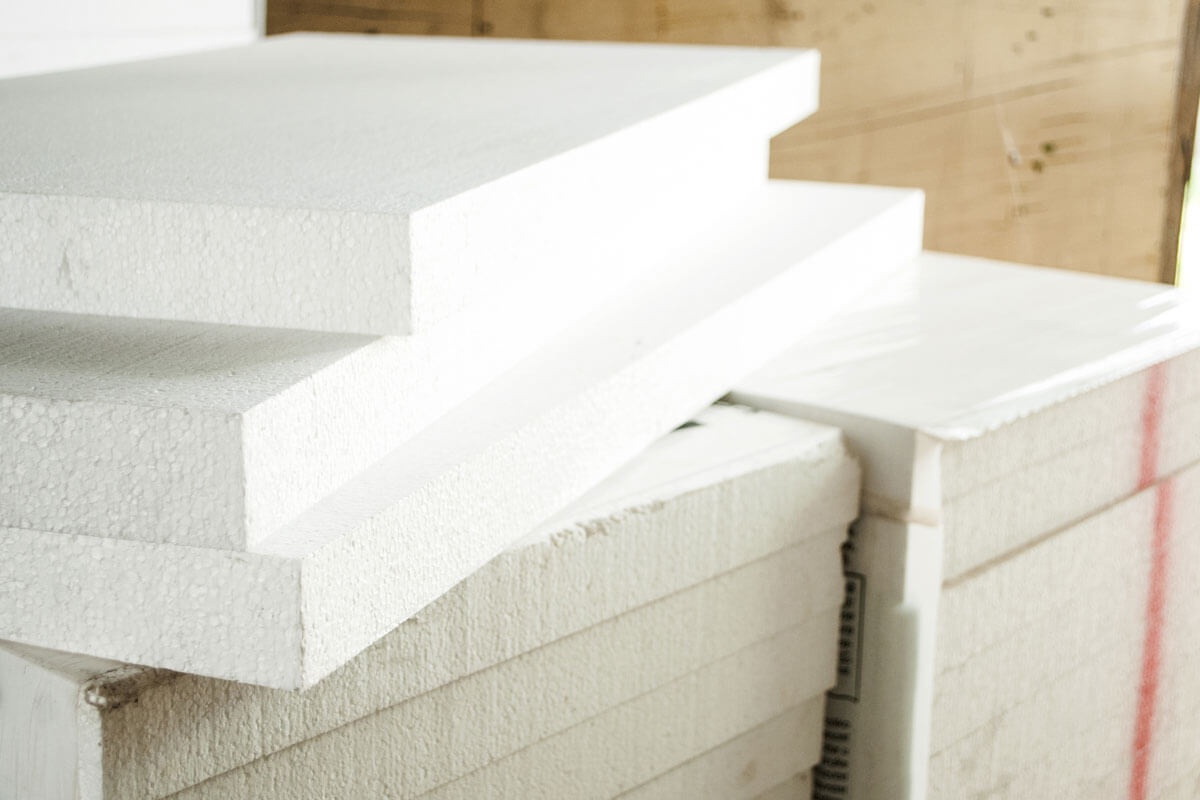

Articles
What Is Insulation Board
Modified: January 8, 2024
Learn all about insulation board in this informative article. Find out what it is, how it works, and how it can benefit your home. Explore different types, installation methods, and more.
(Many of the links in this article redirect to a specific reviewed product. Your purchase of these products through affiliate links helps to generate commission for Storables.com, at no extra cost. Learn more)
Introduction
Welcome to the world of insulation boards! When it comes to creating a comfortable and energy-efficient space, insulation is a crucial component that should not be overlooked. Insulation boards, also known as insulation panels, offer a practical and effective solution for improving the thermal and acoustic performance of buildings. Whether you are constructing a new home or renovating an existing space, understanding the benefits and applications of insulation boards is essential.
Insulation board is a type of rigid insulation material that is commonly used in residential, commercial, and industrial buildings. Its main purpose is to reduce heat transfer, keeping the indoor environment warm in winter and cool in summer. These boards are typically made from materials such as expanded polystyrene (EPS), extruded polystyrene (XPS), polyurethane foam (PUR or PIR), or mineral wool. Each material has its own unique properties and advantages, catering to different insulation needs.
With advancements in technology and environmental consciousness, insulation boards have evolved to provide superior thermal insulation, moisture resistance, fire resistance, and soundproofing capabilities. They are available in various sizes, thicknesses, and densities to adapt to different architectural requirements. Additionally, insulation boards are known for being lightweight, easy to handle, and simple to install, making them a popular choice in construction projects of all scales.
Now, let’s delve deeper into the different types of insulation boards, their benefits, applications, key factors to consider when choosing the right board, and how they compare to other insulation materials. By the end of this article, you’ll have a comprehensive understanding of insulation boards and be equipped with the knowledge to make informed decisions for your insulation needs.
Key Takeaways:
- Insulation boards offer enhanced thermal insulation, energy efficiency, and soundproofing benefits. Their versatility and durability make them a practical choice for residential, commercial, and industrial construction projects.
- When choosing insulation boards, consider factors such as R-value, material characteristics, moisture resistance, fire safety, environmental impact, ease of installation, and cost. Consulting with insulation professionals ensures the selection of the most appropriate insulation board for specific projects.
Read more: What Is Rigid Board Insulation
Definition of Insulation Board
Insulation board, also referred to as insulation panels or rigid insulation, is a building material specifically designed to enhance thermal resistance and minimize heat transfer through walls, roofs, ceilings, and floors. These boards are composed of various materials with high insulating properties and are commonly used in both residential and commercial constructions.
The primary function of insulation boards is to reduce the flow of heat, keeping the interior spaces comfortable and energy-efficient. They work by creating a barrier that inhibits the transfer of heat through conduction, convection, and radiation.
Insulation boards come in different types, each with its own unique characteristics and applications. Some commonly used materials for insulation boards include:
1. Expanded Polystyrene (EPS)
EPS insulation boards are lightweight and have excellent insulating properties. They are made from expanded polystyrene beads fused together, forming rigid panels. EPS boards are commonly used in walls, roofs, and floors.
2. Extruded Polystyrene (XPS)
XPS insulation boards are created by extruding molten polystyrene through a die, resulting in a closed-cell foam structure. XPS offers high compressive strength, moisture resistance, and thermal performance. It is commonly used in below-grade applications, such as foundations and basements.
3. Polyurethane Foam (PUR or PIR)
PUR and PIR insulation boards are manufactured using polyurethane foam. They offer excellent thermal resistance and low thermal conductivity. These boards are typically used in roofs, walls, and floors.
Read more: What Glue To Use On Foam Board Insulation
4. Mineral Wool
Mineral wool insulation boards are made from fibrous materials, such as rockwool or slag wool. They have excellent fire resistance and acoustic properties, making them suitable for applications that require both insulation and soundproofing.
Overall, insulation boards are an effective solution for enhancing energy efficiency, reducing heat loss or gain, and providing a comfortable indoor environment. Their versatility and wide range of applications make them a popular choice in the construction industry.
Types of Insulation Board
Insulation boards come in various types, each offering unique properties and advantages. The choice of insulation board depends on factors such as the location of installation, desired thermal performance, moisture resistance, fire safety, and budget. Here are some common types of insulation boards:
1. Expanded Polystyrene (EPS)
EPS insulation boards are lightweight and have excellent thermal insulation properties. They are made from expanded polystyrene beads fused together to form rigid panels. EPS boards are known for their affordability, versatility, and ease of installation. They are commonly used in walls, roofs, and floors of both residential and commercial buildings.
2. Extruded Polystyrene (XPS)
XPS insulation boards are manufactured by extruding polystyrene through a die to create a closed-cell foam structure. XPS boards offer high compressive strength, moisture resistance, and thermal performance. They are widely used for below-grade applications, such as insulating foundations, basements, and crawl spaces.
3. Polyurethane Foam (PUR or PIR)
PUR and PIR insulation boards are made from polyurethane foam, providing excellent thermal resistance and low thermal conductivity. These boards offer superior energy efficiency and are particularly effective in reducing heat loss or gain. PUR boards are typically used in walls, roofs, and floors of both residential and commercial buildings.
Read more: What Glue To Use On Foam Board Insulation
4. Mineral Wool
Mineral wool insulation boards, also known as rockwool or slag wool, are made from fibrous materials, including natural rock or slag. They have excellent fire resistance and acoustic properties, making them popular in applications that require both insulation and soundproofing. Mineral wool boards are commonly used in walls, roofs, and floors, especially in areas where fire safety is a primary concern.
5. Phenolic Foam
Phenolic foam insulation boards are manufactured from phenolic resin, a thermosetting plastic. These boards offer a combination of excellent thermal insulation, fire resistance, and low smoke emission properties. Phenolic foam boards are commonly used in HVAC duct insulation, as well as walls and roofs of buildings that require high fire performance.
Each type of insulation board has its own advantages and applications. It is important to consider factors such as R-value, environmental impact, moisture resistance, fire safety, and local building codes when selecting the appropriate insulation board for a specific project.
Benefits of Insulation Board
Insulation board offers a multitude of benefits when it comes to improving the thermal and acoustic performance of buildings. Investing in quality insulation not only enhances comfort but also brings considerable energy savings and a range of other advantages. Here are some key benefits of insulation boards:
Read more: Where To Buy Insulation Foam Board
1. Enhanced Thermal Insulation:
Insulation boards provide effective thermal insulation, reducing heat transfer through walls, roofs, floors, and other surfaces. By minimizing heat loss or gain, insulation boards help maintain a comfortable indoor temperature year-round, reducing the need for excessive heating or cooling. This leads to lower energy consumption, resulting in cost savings on utility bills.
2. Energy Efficiency:
By reducing heat transfer, insulation boards contribute to energy efficiency in buildings. Well-insulated spaces require less energy for heating and cooling, resulting in lower carbon emissions and environmental impact. Moreover, energy-efficient buildings are increasingly valued by homeowners, businesses, and regulatory authorities.
3. Soundproofing:
Insulation boards have excellent sound absorption properties, making them effective in reducing noise transmission between rooms and from external sources. This is especially beneficial in residential and commercial buildings located in noisy areas or sharing common walls. Improved soundproofing enhances privacy and creates a more peaceful and productive environment.
4. Moisture Resistance:
Insulation boards, such as XPS and polyurethane foam, offer inherent moisture resistance properties. They do not absorb water, preventing the growth of mold, mildew, and rot. This helps maintain a healthy indoor environment and protects the structural integrity of the building over the long term.
Read also: 14 Unbelievable Insulation Board For 2024
5. Fire Resistance:
Some insulation boards, like mineral wool and phenolic foam, possess excellent fire resistance. They are designed to withstand high temperatures and slow down the spread of flames. Using fire-resistant insulation boards can help improve the safety of a building and provide valuable time for evacuation in the event of a fire.
6. Durability and Longevity:
Insulation boards are known for their strength, durability, and long lifespan. They do not shrink, settle, or deteriorate significantly over time, providing long-term performance and cost savings. Properly installed insulation boards can maintain their thermal insulation properties for decades, requiring minimal maintenance.
Overall, insulation boards offer a range of benefits that contribute to a comfortable, energy-efficient, and sustainable living or working environment. By investing in quality insulation, building owners can enjoy reduced energy bills, improved indoor comfort, and enhanced property value.
Common Applications of Insulation Board
Insulation boards find various applications in residential, commercial, and industrial buildings. Their versatility and effectiveness in reducing heat transfer and improving energy efficiency make them suitable for a wide range of construction projects. Here are some common applications of insulation boards:
1. Exterior Wall Insulation:
Insulation boards are often used in exterior wall insulation systems to minimize thermal bridging and increase the overall thermal performance of the building envelope. Installing insulation boards on the exterior walls helps to create a continuous and efficient insulation layer, reducing heat loss or gain and improving energy efficiency.
Read more: How To Install Foam Insulation Board
2. Roof Insulation:
Insulation boards play a vital role in roof insulation systems, preventing heat transfer through the roof and reducing energy consumption for heating and cooling. By insulating the roof with rigid insulation boards, buildings can maintain a comfortable indoor temperature, reduce reliance on HVAC systems, and save on energy costs.
3. Floor Insulation:
Insulation boards are commonly used in floor insulation to minimize heat transfer between different levels of a building. Insulating the floor helps to maintain a consistent temperature throughout the space, improve energy efficiency, and enhance comfort. It is particularly beneficial for buildings with suspended or raised floors.
4. Attic and Loft Insulation:
Insulating the attic or loft with insulation boards is a cost-effective method to improve energy efficiency and thermal comfort in residential homes. Placing insulation boards in the attic helps to prevent heat loss through the roof, reduce air leakage, and stabilize indoor temperatures throughout the year.
5. Basement and Foundation Insulation:
Insulation boards are commonly used in basements and foundations to prevent heat loss, enhance energy efficiency, and protect against moisture intrusion. Insulating these areas helps to create a more comfortable and usable space while reducing the risk of condensation and mold growth.
Read more: How Much Is Foam Board Insulation
6. HVAC Duct Insulation:
Insulation boards are widely used for insulating HVAC ducts to minimize heat loss or gain during air distribution. By adding insulation to the ductwork, buildings can optimize HVAC system performance, reduce energy waste, and improve indoor air quality.
7. Acoustic Insulation:
Insulation boards, particularly those made of mineral wool, offer excellent sound absorption properties. They are commonly used for acoustic insulation in walls, floors, and ceilings, helping to reduce noise transmission and create a quiet and peaceful indoor environment.
Overall, insulation boards can be applied in various parts of a building to achieve energy efficiency, thermal comfort, moisture resistance, and soundproofing. The specific application will depend on the building design, climate, and insulation requirements.
Key Factors to Consider When Choosing Insulation Board
Choosing the right insulation board is crucial to ensure optimal thermal performance, energy efficiency, and long-term durability of a building. Here are some key factors to consider when selecting insulation boards:
1. R-Value:
The R-value measures the thermal resistance of insulation boards. A higher R-value indicates better insulation performance. Consider the climate zone and the desired level of insulation when choosing an insulation board with the appropriate R-value. Consult local building codes or energy efficiency guidelines for recommended R-values in your region.
Read more: What Is Board On Board Fence
2. Material:
The choice of insulation board material depends on factors such as cost, thermal performance, moisture resistance, and fire safety. Common materials include expanded polystyrene (EPS), extruded polystyrene (XPS), polyurethane foam (PUR or PIR), and mineral wool. Evaluate the characteristics and suitability of each material for the specific application.
3. Moisture Resistance:
If the insulation board will be exposed to moisture, such as in basements or areas prone to water intrusion, select a board with good moisture resistance. Materials like XPS and polyiso foam are known for their moisture resistance properties and can help prevent water damage and the growth of mold or mildew.
4. Fire Safety:
Consider the fire safety requirements of the building when choosing insulation boards. Some materials, such as mineral wool and phenolic foam, offer excellent fire resistance properties. They can help delay the spread of flames and provide crucial evacuation time in case of a fire.
5. Environmental Impact:
Evaluate the environmental impact of the insulation board material. Look for options that are recyclable, made from renewable resources, or have low embodied energy. Consider certifications like the GREENGUARD Gold or Energy Star certification as indicators of environmentally friendly products.
6. Installation:
Consider the ease of installation when choosing insulation boards. Some boards may require specialized installation techniques, while others can be easily cut and installed using common tools. The installation method should be compatible with the specific construction project and the skills of the installers.
7. Cost:
Consider the upfront cost and long-term savings when selecting insulation boards. Cheaper materials may have lower R-values or shorter lifespans, requiring higher energy consumption and potential replacements in the future. Evaluate the cost-effectiveness of the insulation board based on its thermal performance and durability.
Remember to consult with professionals or experts in insulation to ensure the right insulation board is chosen for your specific project. Consider project requirements, local building regulations, and environmental impact to make an informed decision that will optimize energy efficiency and comfort while meeting the needs of the building and its occupants.
Installation and Maintenance of Insulation Board
Proper installation and ongoing maintenance are essential for the optimal performance and longevity of insulation boards. Here are some key considerations when it comes to installing and maintaining insulation boards:
Installation:
1. Surface Preparation:
Ensure that the surface where the insulation boards will be installed is clean, dry, and free from any debris, dust, or contaminants. Smooth out any uneven surfaces or repair any damaged areas before proceeding with the installation.
2. Cutting and Fitting:
Measure and mark the insulation boards for accurate cuts before installation. Use appropriate tools, such as a utility knife or insulation saw, to cut the boards to the desired size and shape. Ensure a snug fit between the boards, leaving no gaps or voids that can compromise the overall insulation performance.
3. Adhesive or Mechanical Fasteners:
Depending on the material and application, insulation boards may be installed using adhesive or mechanical fasteners such as screws, nails, or clips. Follow manufacturer guidelines and recommendations for proper installation techniques and secure attachment of the boards to the substrate.
4. Vapor Barrier:
In certain applications, a vapor barrier may be required to prevent moisture infiltration into the insulation. Install the vapor barrier according to local building codes and industry best practices to ensure effective moisture control and prevent condensation issues.
5. Finishing:
After the installation of the insulation boards, it is important to properly seal any joints, edges, or penetrations to maintain the integrity of the insulation layer. Use compatible sealing materials, such as foam sealants or tape, to prevent air leakage or moisture ingress.
Read more: How Thick Should Foam Board Insulation Be
Maintenance:
1. Visual Inspection:
Regularly inspect the insulation boards for signs of damage, such as cracks, gaps, or moisture intrusion. Address any issues promptly to maintain the effectiveness of the insulation and prevent further problems.
2. Repair or Replacement:
If any damage is identified, repair or replace the affected insulation boards as necessary. Follow manufacturer guidelines and recommendations for repair procedures and use compatible materials to ensure consistent performance.
3. Pest Control:
Inspect the insulation boards for any signs of pest infestation, such as nesting or damage caused by rodents or insects. Take appropriate measures to eliminate pests and seal any access points to prevent further issues.
4. Moisture Management:
Maintain proper moisture management around the insulation boards to prevent moisture-related damage or the growth of mold or mildew. Address any plumbing leaks or water infiltration issues promptly and ensure adequate ventilation in areas prone to moisture accumulation.
5. Regular Maintenance Checks:
Perform regular inspections of the insulation boards as part of routine building maintenance. This will help identify any potential issues early on and allow for timely repairs or replacements, ensuring the continued energy efficiency and performance of the insulation system.
By following proper installation techniques and implementing regular maintenance practices, insulation boards can provide long-term thermal efficiency, energy savings, and comfort for the building occupants.
Comparison Between Insulation Board and Other Insulation Materials
When it comes to insulation, there are several options available, each with its own advantages and disadvantages. Let’s compare insulation boards with other commonly used insulation materials to understand their differences:
1. Insulation Board vs. Fiberglass Batt Insulation:
Fiberglass batt insulation is a popular choice for insulating walls and attics. It is made from glass fibers and comes in pre-cut panels or rolls. While fiberglass batts are more affordable, insulation boards offer higher R-values and better resistance to air leakage. Insulation boards are also more durable, less prone to moisture absorption, and can be installed more easily in irregular or hard-to-reach areas.
2. Insulation Board vs. Spray Foam Insulation:
Spray foam insulation is applied as a liquid that expands and hardens into a foam. It provides excellent air sealing and can fill gaps and cavities effectively. While spray foam insulation offers superior air sealing and insulation performance, it can be more expensive and requires specialized equipment and professional installation. Insulation boards provide comparable insulation performance and are more cost-effective, easier to handle, and straightforward to install.
Read more: Which Side Of Insulation Board Faces Out
3. Insulation Board vs. Cellulose Insulation:
Cellulose insulation is made from recycled paper or cardboard and is often used for attic insulation. Cellulose insulation provides good thermal performance and can be blown or sprayed into cavities. However, it may settle over time and can be more prone to moisture issues. Insulation boards offer higher R-values and are more moisture-resistant, making them ideal for areas with potential moisture exposure or for applications where settling could be a concern.
4. Insulation Board vs. Reflective Insulation:
Reflective insulation, often in the form of foil-backed materials, works by reflecting heat away from the living space. It is commonly used in attics and crawl spaces. While reflective insulation can be effective in reducing radiant heat transfer, it does not provide significant resistance to conductive heat transfer. Insulation boards excel in reducing both conductive and radiant heat transfer, offering superior thermal insulation performance for various applications.
5. Insulation Board vs. Blown-In Insulation:
Blown-in insulation, such as loose-fill fiberglass or cellulose, is a versatile option for insulating attics, walls, and floors. It can be blown into cavities or enclosed spaces using specialized equipment. Insulation boards, on the other hand, offer a more rigid and solid insulation solution. They are easier to handle, provide consistent coverage, and are less prone to settling or shifting over time.
Ultimately, the choice between insulation boards and other insulation materials depends on factors such as insulation requirements, budget, installation considerations, moisture resistance, and the specific characteristics of the building. It is important to assess the unique needs of the project and consult with insulation professionals to determine the most suitable insulation solution.
Conclusion
Insulation boards are a versatile and effective solution for improving the thermal and acoustic performance of buildings. Designed to reduce heat transfer and increase energy efficiency, insulation boards come in a variety of materials, each with its own unique properties and advantages. From expanded polystyrene (EPS) to extruded polystyrene (XPS), polyurethane foam (PUR or PIR), and mineral wool, insulation boards offer a range of options to meet different insulation needs.
The benefits of insulation boards are numerous. They provide enhanced thermal insulation, energy efficiency, and soundproofing capabilities. Insulation boards also offer moisture resistance, fire safety, durability, and long-lasting performance. By investing in proper insulation, homeowners and businesses can enjoy increased comfort, reduced energy consumption, and cost savings on utility bills.
Insulation boards find common applications in exterior walls, roofs, floors, attics, basements, HVAC ducts, and more. Their versatility allows for use in various residential, commercial, and industrial settings. Insulation boards are easy to install and require minimal maintenance, making them a convenient choice for construction projects of all sizes.
When choosing insulation boards, it is important to consider factors such as R-value, material characteristics, moisture resistance, fire safety, environmental impact, ease of installation, and cost. Consulting with insulation professionals can ensure the selection of the most appropriate insulation board for the specific project and location.
In comparison to other insulation materials, insulation boards offer distinct advantages. They provide higher R-values, better moisture resistance, improved durability, and easier installation. Fiberglass batt insulation, spray foam insulation, cellulose insulation, reflective insulation, and blown-in insulation each have their own niche, but insulation boards consistently deliver reliable performance and energy efficiency.
In conclusion, insulation boards are a valuable and practical choice for enhancing the comfort, energy efficiency, and sustainability of buildings. Whether it’s improving thermal insulation, reducing noise transmission, creating moisture barriers, or ensuring fire safety, insulation boards are a trusted solution. By selecting the right insulation boards and following proper installation and maintenance practices, building owners can enjoy comfortable and energy-efficient spaces for years to come.
Frequently Asked Questions about What Is Insulation Board
Was this page helpful?
At Storables.com, we guarantee accurate and reliable information. Our content, validated by Expert Board Contributors, is crafted following stringent Editorial Policies. We're committed to providing you with well-researched, expert-backed insights for all your informational needs.
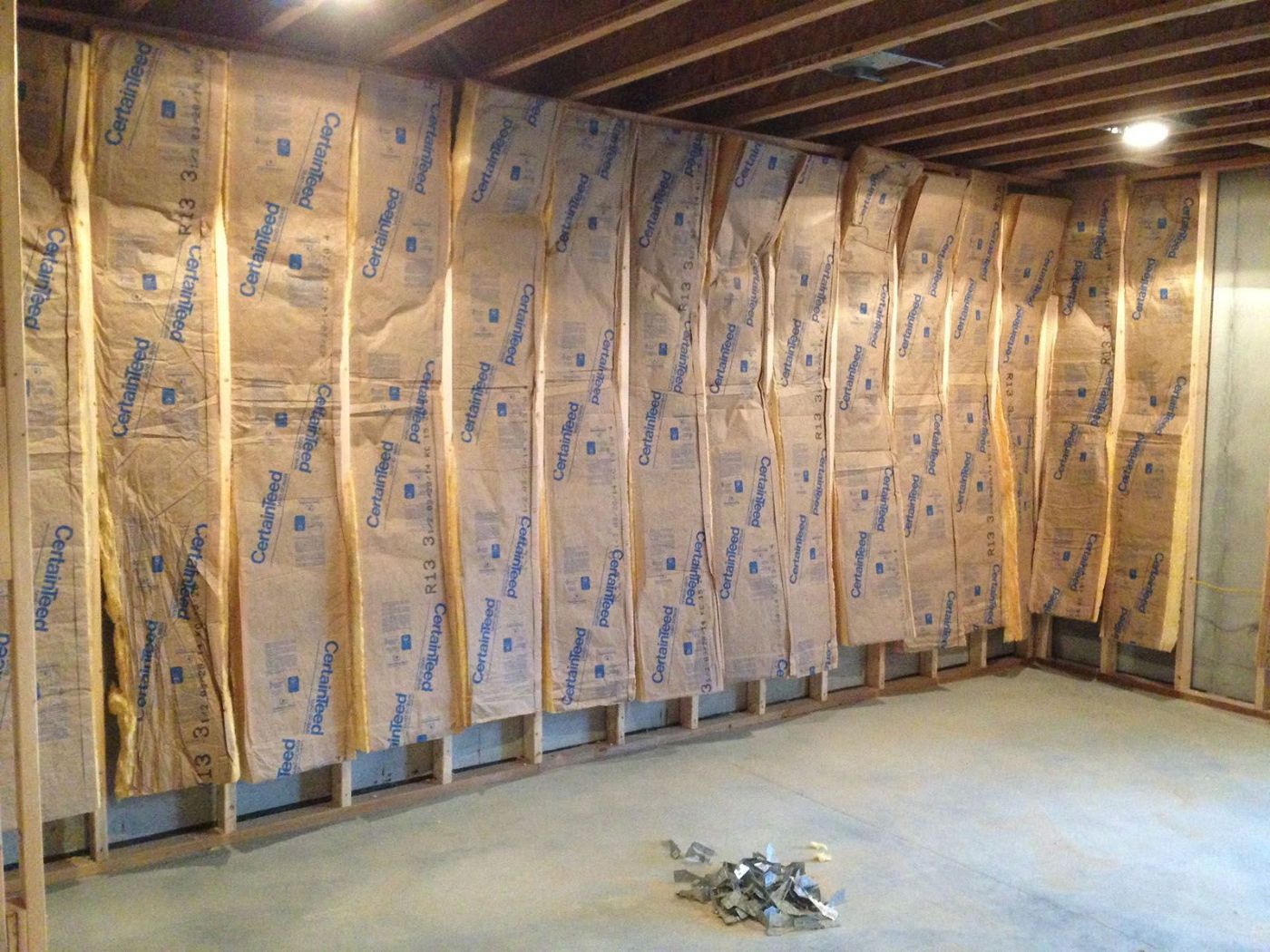

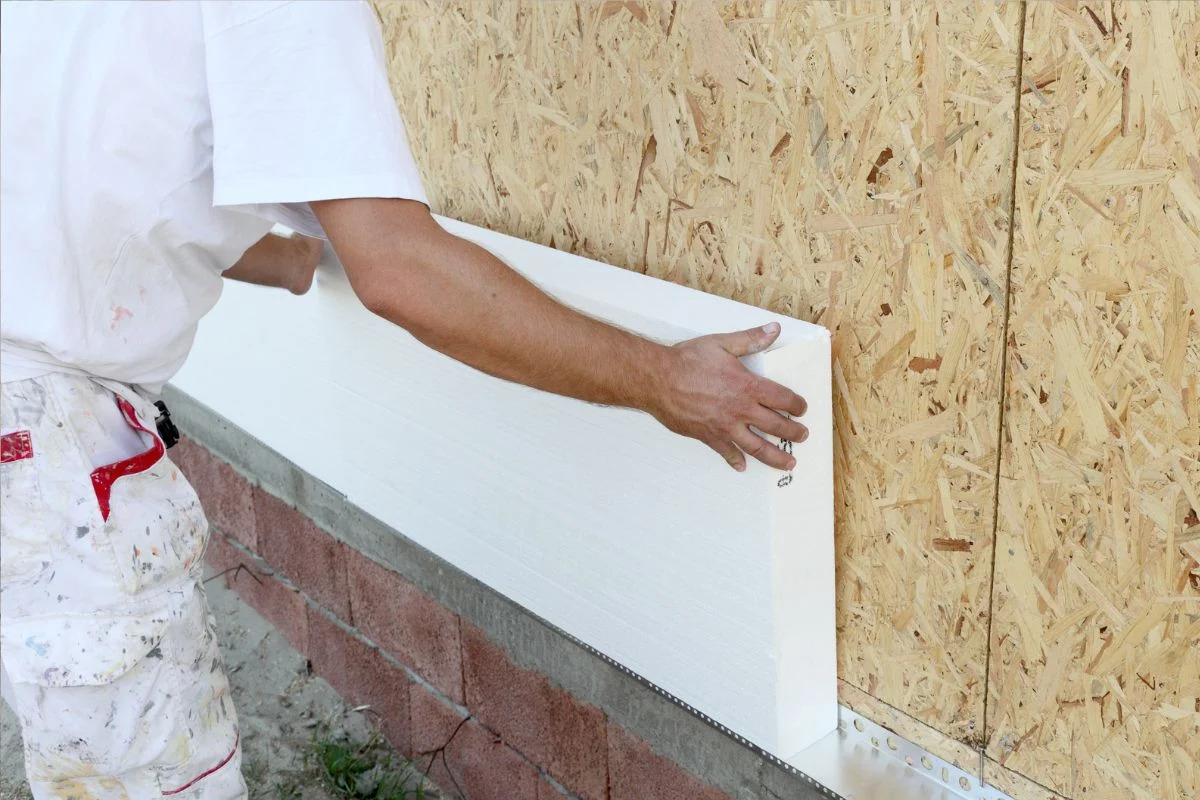
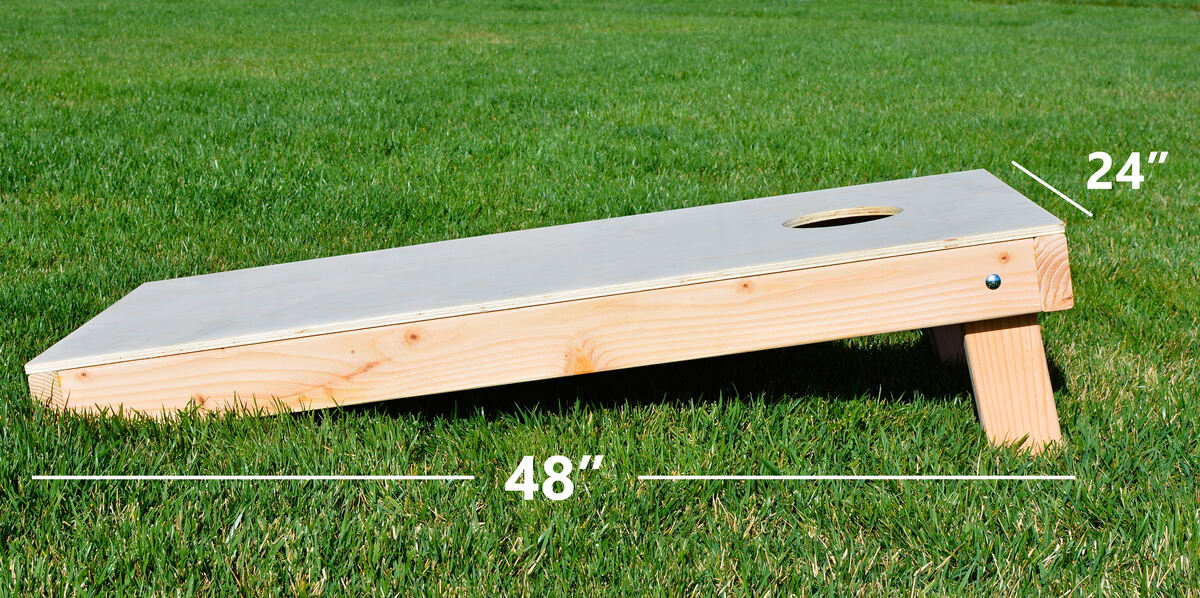
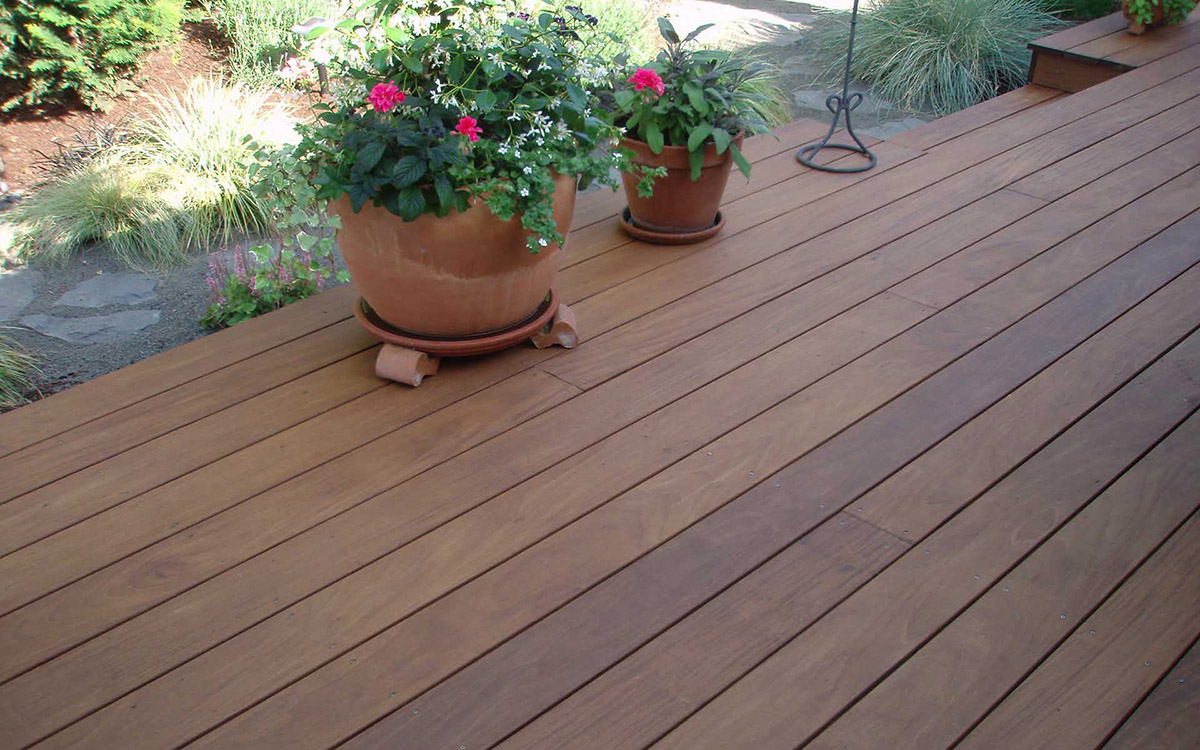

0 thoughts on “What Is Insulation Board”